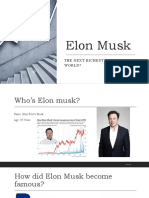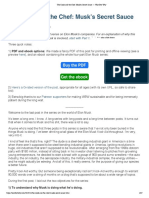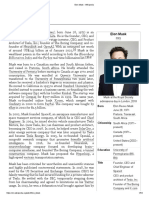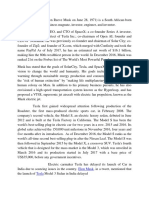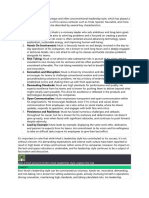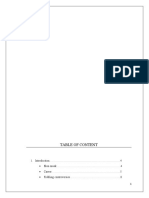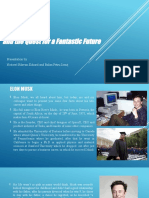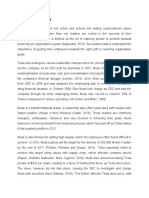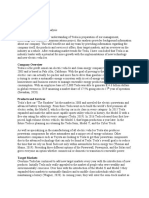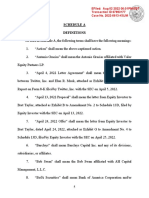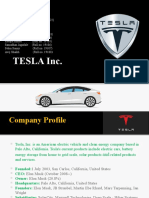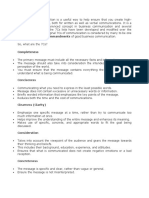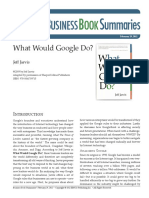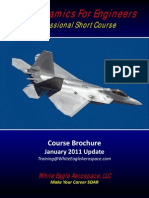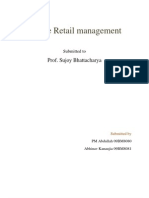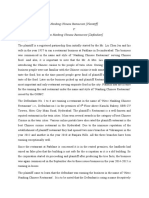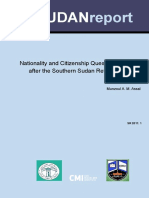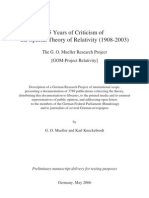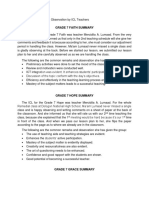Company
Management
Report:
Tesla, Inc.
JUNE 2120
By:
Naveed Ibrahim (B2021085)
Muhammad Faizan Raza (B2021068)
Muhammad Salar (B2021079)
1
�Tesla, Inc.
Tesla, Inc. is an American electric vehicle and clean energy company based in Palo Alto,
California. Tesla's current products include electric cars, battery energy storage from
home to grid-scale, solar panels and solar roof tiles, as well as other related products and
services. Its subsidiary Tesla Energy, the company develops and is a major installer
of solar photovoltaic energy generation systems in the United States. Tesla Energy is also
one of the largest global suppliers of battery energy storage systems, with 3 GWh of
battery storage supplied in 2020.
History
Founded as Tesla Motors, Tesla was incorporated on July 1, 2003, by Martin
Eberhard and Marc Tarpenning. Eberhard and Tarpenning served as CEO and CFO,
respectively. Eberhard said he wanted to build "a car manufacturer that is also a
technology company", with its core technologies as "the battery, the computer software,
and the proprietary motor".
Ian Wright was Tesla's third employee, joining a few months later. The three raised
US$7.5 million in series A funding in February 2004 from various investors, including Elon
Musk, who contributed the vast majority at $6.5 million. Following the investment, Musk
joined the company and became chairman of the board of directors. J. B. Straubel joined
Tesla in May 2004. A lawsuit settlement agreed to by Eberhard and Tesla in September
2009 allows all five – Eberhard, Tarpenning, Wright, Musk and Straubel – to call
themselves co-founders.
2
�Organizational structure
The company uses a functional or U-form organizational structure. The unitary-form (U-
form) structure uses organizational function as the main defining factor. For example,
the company has a structural group of employees for engineering, and another for sales
and service. Some structural characteristics of other types of corporate structure are
also present in Tesla, although at a less significant extent.
Key Figures of the Company
Elon Musk. (Chairman, Product Architect and CEO)
JB Straubel. (Co-Founder & CTO)
Zachary Kirkhorn. (CFO)
Drew Baglino. (SVP, Powertrain and Energy Engineering)
Jerome Guillen. (President, Automotive)
Vaibhav Taneja. (Chief Accounting Officer)
Lars Moravy. (Vice President, Vehicle Engineering_
Franz von Holzhausen. (Senior Design Executive)
3
�Vision & Mission
Vision:
Tesla’s vision statement is “to create the most compelling car company of the
21st century by driving the world’s transition to electric vehicles.” This corporate vision
emphasizes the company’s focus on renewable energy.
Mission:
Tesla’s mission statement was “to accelerate the world’s transition to sustainable
transport.” However, in mid-2016, under Elon Musk’s leadership, the company changed
the corporate mission to “to accelerate the world’s transition to sustainable energy.”
This new statement indicates a slight but significant shift in the company’s business, to
address market opportunities for renewable energy. In a way, the new corporate
mission recognizes the relevance of the firm’s batteries and related energy storage
products in markets in addition to the electric vehicle market.
4
�Management of the Company
Planning:
Tesla Motors, Inc.’s strategy is based on effective management of their funds to enhance
more research for the production of more electric cars to reduce dependency on
petroleum-based cars. The core competency of Tesla is to observe and produce high-
quality cars to gain a competitive advantage in the motor industry. The company’s
strategy is based on technology and product, product line, vehicle design, and
engineering, development strategy, manufacturing, and distribution. These strategy
elements are aimed at the research and development of vehicle models that sell at a
low cost to increase their market share.
Organizing:
Tesla’s organizing consists of innovative problem solving culture. The company employs
its organizational culture in developing advanced electric vehicles as a solution to
environmental issues surrounding automobiles that have internal combustion engines.
The company uses centralization in its corporate structure. The emphasis of
centralization is managerial control on the entire organization through decisions that a
central group or team generates. In this case, the heads of the offices of the global
hierarchy form the corporation’s central headquarters, which directly control all
operations. In this organizational structure, Tesla minimally supports the autonomy of
its regional or overseas offices. The company’s headquarters make most of the decisions
for overseas operations.
5
�Leading:
Elon’s leadership style is creative leadership which is a philosophy to act, expand and
apprehend innovative ideas through mutual ambition of civilizing the world through
formation of enterprise. One of the key strategies that tesla CEO Elon Musk employs is
that he inspires his team to achieve the impossible. This gives the employees the boost
in confidence and they tend to look for solutions in uncanny ways. Moreover, Elon
believes in learning through his failures. He uses the feedback and criticism to find
solutions. “Even if you don't agree with someone’s critique, "You at least want to listen
very carefully to what they say”. Musk explained in an interview.
Controlling:
Back in 2016, when Juliana Bednarski was HR Business Partner and Louis Efron was Head
of Global Employee Engagement, the picture looked quite different. In a presentation
for Talent Week, Bednarski and Efron outlined Tesla’s dynamic approach to leveraging
the best talent.
They recognized the importance of engaged employees and their impact on customer
engagement. In response, they created the Tesla360 Summary. This was essentially a
staff survey that used the Maslow Hierarchy of Needs to guide performance
management. The survey was a massive success and achieved an impressive 91%
participation rate.
6
�References
www.wikipedia.com
www.tesla.com
www.panmore.com
www.linkedin.com
www.monarch.com

